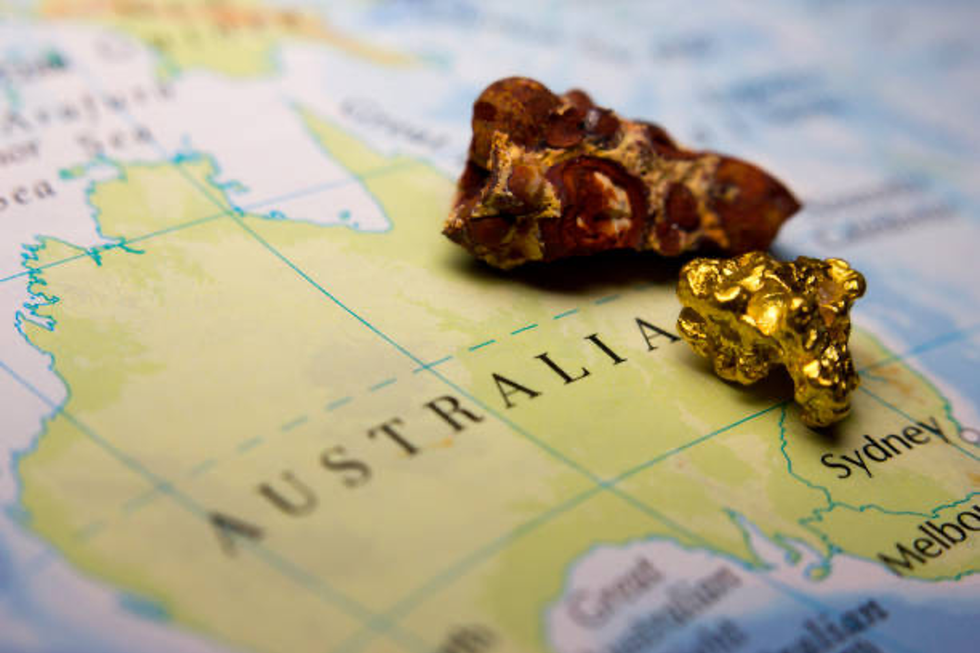The New South Wales (NSW) government has outlined a AU$250 million royalty deferral initiative for critical minerals projects as part of its new Critical Minerals and High-tech Metals Strategy.
Announced on October 18, the strategy aims to make NSW a global leader in critical minerals, and will examine the implementation of a rapid assessment framework for critical minerals projects.
“The strategy identifies a number of improvements we can make to help enhance the system. These will provide greater guidance to the industry and improve collaboration between government agencies and departments in project assessment,” said Minister for Planning and Public Spaces Paul Scully.
At the strategy’s core is the goal of fully realising the state’s critical minerals and high-tech metals deposits. Priority commodities identified by NSW include rare earths, silver, scandium, copper and cobalt.
The government also recognises the importance of moving beyond extracting and exporting resources. That means looking into opportunities to pilot common-user refineries and supporting domestic manufacturing.
Overall, the Critical Minerals and High-tech Metals Strategy has five key pillars:
- Minimising investment risk in greenfield exploration and promoting exploration in new areas.
- Creating an attractive investment environment and removing barriers to help exploration projects move forward.
- Providing training and education pathways to encourage careers in critical minerals mining, and develop future-ready skills among professionals and workers.
- Examining local processing facilities, driving research and development and investigating critical minerals recycling to establish resilient supply chains.
- Ensuring responsible mining by engaging local communities.
The NSW government said the initiative will be an opt-in scheme, with the first five years of royalties deferred. Critical minerals projects that can start production between July 1, 2025, and June 30, 2030, will have access.
Companies should also have market caps under AU$5 billion, and should predominantly mine critical minerals.
The Association of Mining and Exploration Companies (AMEC) commended NSW for the initiative, saying that the royalty deferral will provide “a massive boost” to the state’s critical minerals industry.
“It’s difficult to secure investment and receive appropriate approvals for new projects at the best of times. But doing so in emerging sectors, like critical minerals, is an added challenge to overcome,” said AMEC CEO Warren Peace.
“Recognising these companies need assistance at the ground level, to get projects up and running and create jobs both in the construction and operational phases,” he added.
AMEC also said it has strongly advocated for the new strategy, and noted that it is “very encouraging” to see the state focusing on necessary processes, including approvals and planning.
According to the NSW government, there are currently 12 investment-ready critical minerals mining and processing projects in the state needing around AU$7.6 billion in capital investment value.
These are expected to generate about 4,600 jobs during construction and 2,700 ongoing jobs.
NSW also hosts 21 out of 31 nationally declared critical minerals.
“We are sending a clear message to Aussie and global miners: invest in NSW. This is about backing regional jobs and manufacturing jobs, and taking advantage of the critical minerals boom,” said NSW Premier Chris Minns.
“We’ve got the metals and minerals the world needs, and NSW is open for business.”
Don’t forget to follow us @INN_Australia for real-time news updates!
Securities Disclosure: I, Gabrielle de la Cruz, hold no direct investment interest in any company mentioned in this article.
Credit: Source link




